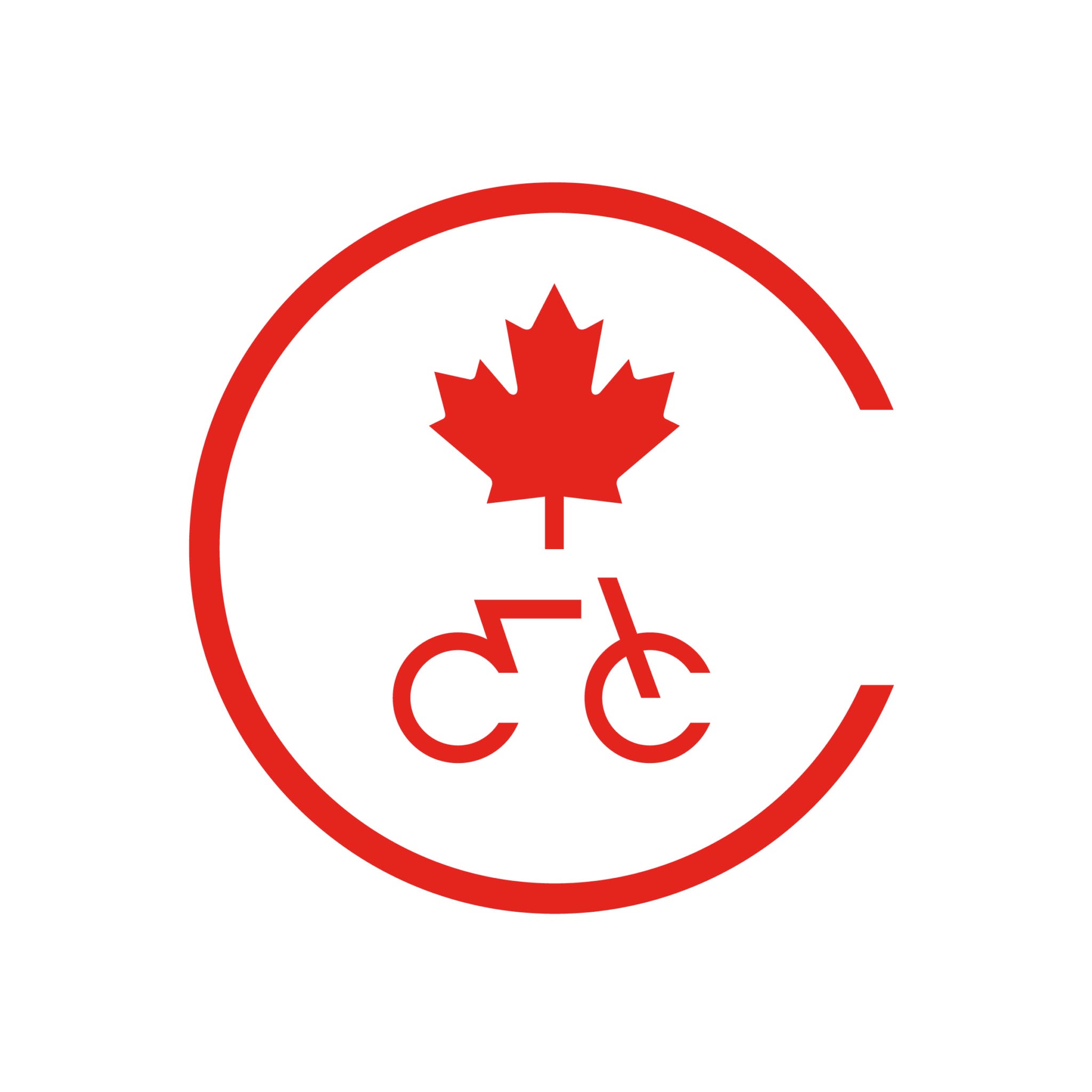Para-cycling classification is completed to determine what athletes are eligible to compete in para-cycling and to create sport class groups to minimize the impact of athlete impairment, while encouraging sporting excellence and allowing athletes to compete in an equitable and challenging way.
Sport Class Status
Athlete sport class status, can be broken down into three classes – new, review and confirmed. Sport class status can change over the course of a para athlete’s athletic career. Class changes can take place for athletes that have fluctuating, developing or degenerative conditions. As outlined on the Canadian Paralympic Committee’s website, definitions for the sport classes are as follows:
- New – an athlete that has been classified on the national level;
- Review – an athlete that has been internationally classified, but is subject to review based on changes in the status of athlete-specific impairment(s);
- Confirmed – an athlete that has been internationally classified under the UCI. This athlete’s impairment is stable, unless otherwise indicated by UCI panel.
Para-cycling Sport Classes
- Handcycle: H1, H2, H3, H4, H5
- Tricycle: T1, T2
- Cycle: C1, C2, C3, C4, C5
- Tandem: B
For further information on para-cycling eligible impairments per sport class, please see the UCI Cycling Rules and Regulations.
Pre-screening
Athletes interested in the para-cycling program and becoming classified must complete the Cycling Canada Athlete Classification Questionnaire. Once the questionnaire is submitted, this form will be sent and reviewed by our National Team coaches. If you are interested in completing this form, please follow the link at the end of this page.
National Classification
Athletes that have been pre-screened through the Cycling Canada Classification process will need to attend a National level event (eg. Canadian Road Championships or Canadian Para Track Championships), to be classified by a national classification panel. In the case that no classifications will take place at a Canadian Championships, Cycling Canada will determine the next event and/or process for the athlete to be readily classified. This will occur on a case by case basis.
International Classification
International Classification is only offered at international UCI events. Athletes must adhere to the following principles, to be eligible to undergo international classification. To be classified at an international event athletes must:
- Be allocated under a sport class;
- Have a current and valid UCI racing license;
- Have been registered by CC administrative staff to the International UCI event in which the classification process is taking place;
- On behalf of the athlete by Cycling Canada, a Medical Diagnosis Form (MDF) needs to be submitted to the UCI via the SDMS platform, at least four weeks prior to the competition that the athlete is expected to be classified at. A MDF is a collection of personal medical data, used by the UCI to collect and process information from the athlete and National Sport Federation. The classification system includes classification processes for individuals with physical (PI) and visual (VI) impairments through two separate MDF forms:
- Medical Diagnosis Form for Visually Impaired;
- Medical Diagnosis Form for Physically Impaired;
- Adaptations Certification Process: similar to the MDF process; if an athlete possesses an adaptation for competition (eg. The use of a brace, orthosis, prosthesis, or has an adaption to the structure of their bike); this must be certified by a panel of UCI commissaries.
Who is in attendance in the classification room
- Athlete;
- Cycling Canada coach or personal coach;
- Translator (if required);
- Medical classifier;
- Technical classifier;
What to expect at the First Technical Assessment
- The technical assessment starts by a series of questions; past sport history, overall training loads and adaptation to equipment are some of the subjects covered;
- The technical classifier might ask the athlete to get on/off the bike in the classification room;
What to expect at the Physical Assessment
- Based on the nature of the impairment, the physical assessment is a series of tests and exercises to better understand the effect and extent of the condition;
- At every step of a physical assessment, the athlete has the right to ask for different tests, in order to reduce discomfort;
What to expect at the Second Technical Assessment
- Once the “in-room” classification is done, an athlete is given a provisional sport class, under observation. This is the class in which the athlete will compete at the first event of the competition. While the athlete is warming up, racing or cooling down, classifiers will observe how the impairment is affecting the technical abilities of the athlete. As soon as the race is over, classifiers will come directly to the athlete and provide them with a sport class, that may be considered up for Review or Confirmed.
Would you like to become a para-cycling classifier? Please see the following document published by the UCI, outlining the UCI Classifier Pathway.
If you are interested in becoming a national para-cycling classifier, please contact Dan Proulx.
If you are an athlete interested in becoming classified, please fill out the Athlete Classification Questionnaire.
After online form submission is complete, the National Team coaches will follow up with the athlete, dependent on proximity to geographical location of the athlete. These coaches will connect with athletes on a case by case basis, to begin the MDF process.

